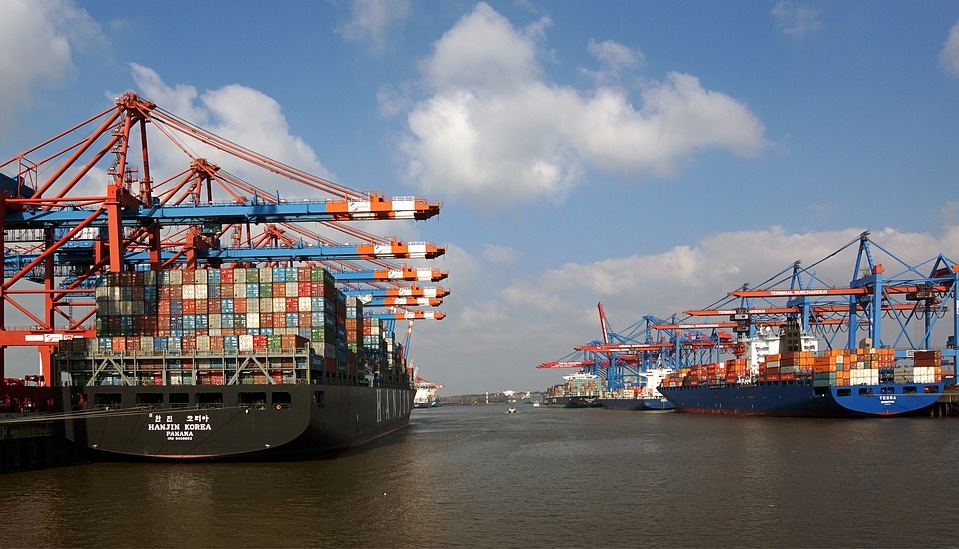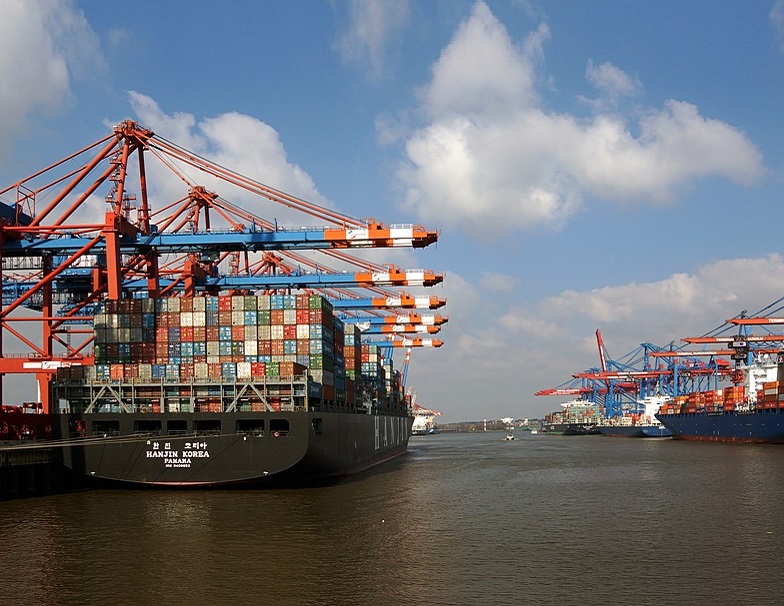At the moment, the supply chain industry is grappling with the menace of a tremendous shortage of 40 foot containers. Apart from the entrepreneurs in the logistics sector, the manufacturers, trading companies, and retail businesses are also trying to cope with the problem of the massive container crisis in the last quarter of 2020. In today’s article we are going to discuss the container crisis, its causes and its impact on the industry.
A Black Swan Event
Termed as a Black Swan event by Hapag Lloyd, the lack of empty 40 foot containers has unsettled the regular flow of shipments leading to massive delays and exorbitant freight rates from Asia. The trade route in Asia which has over 100 port pairs and approximately carries 30 M TEU of cargo annually is right now experiencing an immense surge in freight rates and carrier surcharges because of the equipment and space shortage due to the several blank sailings during the peak of the lockdown.
For example, in the first quarter of this year, the intra-Asia carriers were letting out 20 ft containers from Shanghai to Ho Chi Minh for just $1 with extra local taxes. This was primarily because of the US-China trade war and the increasing demand for Vietnamese products. Presently, however, the same rate has gone up to an unbelievable $970- $1300 and in all probabilities, there isn’t going to be any change in the price until we find a solution to space and equipment crisis.
Nico Hecker from Container Steering explains this situation very clearly, “We are currently seeing a ‘black swan’ and are experiencing the strongest increase in 40’ demand following one of the strongest decreases in demand ever. Both happening within just 6 months. Almost 3 out of 4 containers in our 40-foot fleet are currently deployed in Customer Shipments and are therefore not available for the time being. The containers must be returned to China as quickly as possible to be equipped for an expected strong fourth quarter”.

The factors behind the container shortage
It can be said without a doubt that the most important factor behind the container crisis is the pandemic. The Coronavirus and the subsequent lockdown imposed all around the world since March was responsible for halting the financial activities across industries. Moreover, the ports and airports were also functioning with a very little workforce which in turn hindered the speed of handling of shipments. Factories all over were temporarily shut down as a result of which several containers were stopped at the ports. The restricted movement of shipments prompted the shipping lines to reduce the number of ships for balancing the cost. The sluggish economic activities coupled with the reduced number of sea vessels from the months from April to June is also a cause of the blank sailings.
The China Factor
China was the very first country to face the brunt of the pandemic as a result it was also the first one to show signs of recovery. The factories in China resumed production at a time when most factories around the world had to halt manufacturing because of the lockdown. The reopening of Chinese export operations encouraged the producers to resume production in the country. Generally, China moves a huge volume of cargoes to the USA for the Christmas season in the month of October before the start of the Chinese holidays.
This explains why so many shipping companies are facing the problem of light sailings as containers are unavailable at the Chinese depots. The carriers are dealing with a severe shortage of 40-foot HCs and there are times where even the 20 ft containers are unavailable. As stated in Container xChange, “Due to the fast increase in demand after months of blank sailings, container availability for 40ft HCs across China is currently at just 0.05 CAx points, compared with 0.63 at the same time last year.”
Reduced workforce and shortage of chassis
The shipping companies were reducing the number of sea-going vessels, as a result of which the empty containers were not being collected. It is also suggested that the shipping lines were restricting the number of containers sent out to China. In order to resolve this issue, they started to reduce the free time and the detention period. The COVID-19 also drastically reduced the available workforce and thus led to a scarcity of chassis. In North America, the containers are usually collected from the port before being taken inland. The containers are taking a considerable time to return to the ports because of a lack in the number of working staff at the consignee’s destination. The shortage of drivers has also added to the crisis. Due to the lack of manpower along with a scarcity of chassis the containers are not being transported back to the ports. Earlier the chassis and the containers used to be returned to the ports within a matter of one or two days. It is now taking as long as 7 days or even more for the empty containers and chassis to be returned to the port!
The way ahead
The present container crisis has explicitly demonstrated the fact that shippers from every corner of the globe have been affected by the shortage in container supply. The only way out of this crisis is to refill the empty containers as quickly as possible. Reducing the idle time of the containers is the only way of tackling this crisis and that is not going to be possible until we have a vaccine for the virus.


